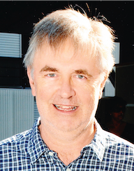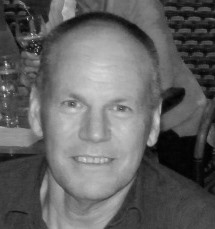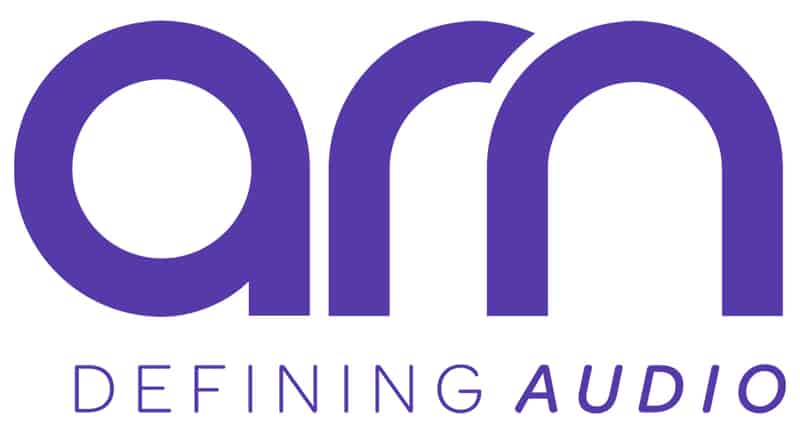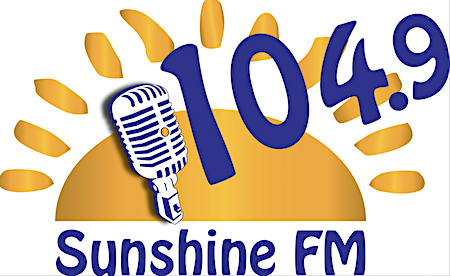How to Win the Ratings – Taste & Mood

Greg Smith is an inductee into the Australian Radio Hall of Fame, and a Director of Radio Today.
When it comes to winning the ratings, it comes down to giving the audience exactly what they want.
Paul Thompson called it Listener Driven. Some programmers make the mistake of giving the audience what they believe the audience should be into, letting their ego get in the way of being truly Listener Driven. Using research to find out what’s really important to a music station’s target audience usually throws up ‘Playing the best music for my taste’ at or near the top.
The mood service that the station provides is also important. For years I & many others couldn’t believe that there wasn’t an FM station in Sydney & Melbourne offering a ‘Relax’ Soft AC format. Every FM wanted to do ‘Pick Me Up’ formats. Why is that? Insiders tell me that Sales Managers didn’t like the Soft AC music & that the young Agency Media Buyers also didn’t like the format. It was no surprise that when DMG finally took the plunge with Smooth FM their ratings took off. In cities like Melbourne & Sydney there are a lot of people who are stressed & just want to chill out. Imagine what Smooth could do if Cathy O’Connor opened her purse even more. So how do you get to play the best music for your target audience? First you do a format search using cluster analysis which gives you the various styles of music that people like, how big that style is & which styles are compatible.
 As Paul Amos (right), CEO of Xtra Research explains, “In an era when big data is accessible to everyone it’s still critical to discover what’s important to your market, your audience. While looking at iTunes charts or playing around with some of the cool Apps that are out there can give you some ‘leads’, they fail to drill down to the real nuances of your market’s listening audience and your competitive environment.
As Paul Amos (right), CEO of Xtra Research explains, “In an era when big data is accessible to everyone it’s still critical to discover what’s important to your market, your audience. While looking at iTunes charts or playing around with some of the cool Apps that are out there can give you some ‘leads’, they fail to drill down to the real nuances of your market’s listening audience and your competitive environment.
"Truth…The design of music research remains one of the most critical elements of programming in today’s highly competitive radio environment. The most commonly abused term of all is MUSIC CLUSTER.
"Real music clusters are built by listeners rating individual songs of all musical types. They form ‘naturally’ when based on statistical relationships between every song. Yes Cluster Studies are scientific, but it needs to be for the results to be genuine.
"We compile a list of well-known songs that represent all the different music styles played on popular radio in your marketplace in terms of era and type. We then conduct, what is in essence, a music test with hundreds of listeners in your market. From those results we examine every single response and the similarities.
"What are the Benefits? It identifies your biggest opportunities and becomes the foundation on which you build or re-launch your radio station.
1. Discover critical clusters for your market
2. Find out how big they are
3. Who’s winning them
4. What your station’s natural predisposition is
5. What can you steal from your competitors
"A properly conducted Study removes the guess work and is the critical foundation required to position your radio station’s music. There’s no point in building a hill that nobody cares to climb."
By nature, Top 40 or CHR radio stations play lots of different styles of music. Playing the best music for them means playing the hits over & over in a more music environment. Top 40 radio stations must program for Cume not TSL.
In The U.S. Top 40 programmers discovered that there were only about 7 hot songs at any one time. That meant you played one of them in every quarter hour. The rest of the songs were treated as fillers. They were either new songs that were on their way up or songs on their way out. That’s why hot rotations of the A’s were going around in 1&3/4 hours on some radio stations. Programmers discovered that when the playlist grew the ratings went down & when they were cut they went up. I once consulted a station in England that had their A’s on a 45 minute rotation. That was way too fast.
At the end of 2004 Nova Sydney was ahead of 2DAY FM by nearly 3 share points. I asked Austereo why they allowed Nova to rotate their A’s faster than 2DAY FM. Austereo had gotten caught up in a new music battle with Nova. They forgot about playing the best music for the target, the hot hits over & over.
Brilliant U.S. programmer Guy Zapoleon taught me the principle that there is room for a mass appeal top 40 station in every market. You just have to decide whether you want to be it or let your competitor take it.
During 2005, guided by Guy Dobson, Brian Ford & Paul Amos, Austereo started to rebuild the ratings for their flagship radio stations, 2DAY FM & FOX FM as mass appeal top 40 outlets.
In a competitive environment, Content Directors have to make sure that their music is stronger than the other guy. One way to do this is to compare hours of music using the latest music research.
.png)


